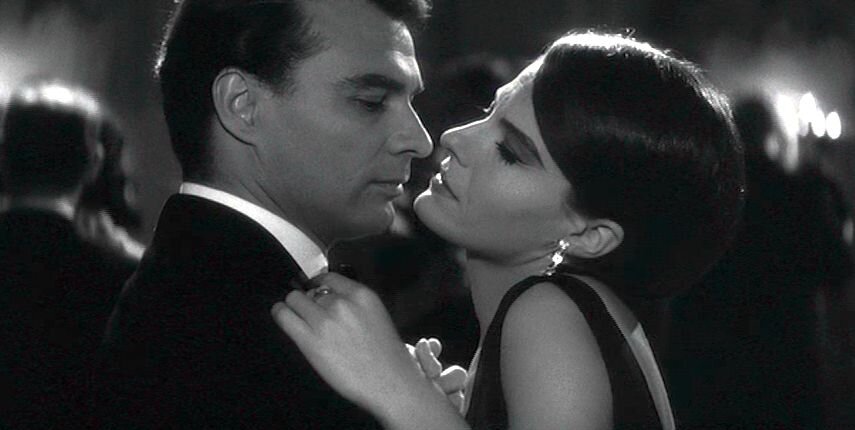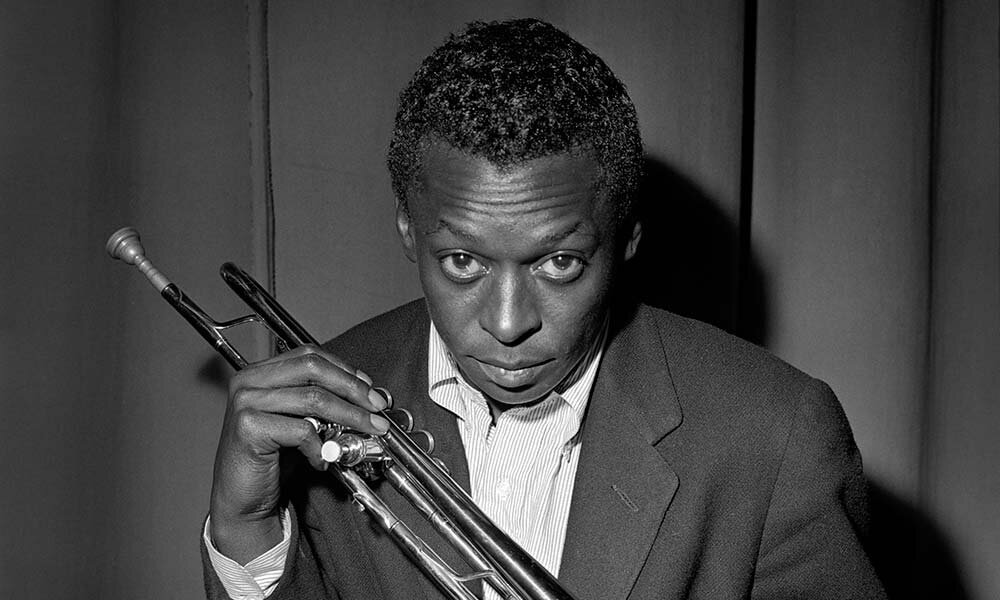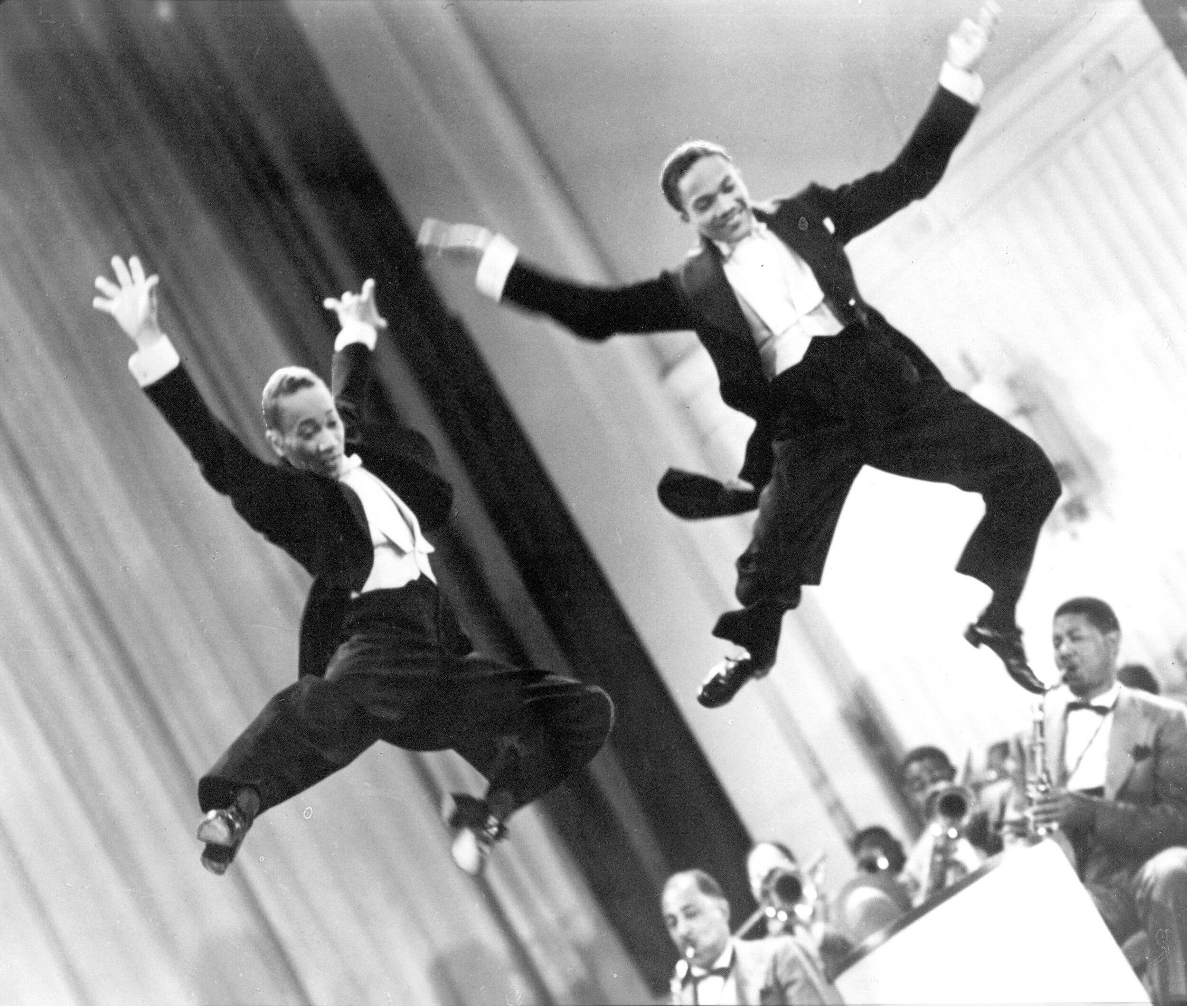The Old Dark House: The Risks Posed by Repressed Emotions
‘You will have to stay here. The misfortune is yours, not ours.’
Horace Femm, ‘The Old Dark House’
‘The Old Dark House’ is a 1932 film directed by James Whale, the master of horror, based on a novel by J B Priestley. It’s a brilliantly atmospheric, gothic confection, blending fear and suspense with comedy and romance. And it has at its heart a resonant psychological theme.
Young marrieds Philip and Margaret Waverton (Raymond Massey and Gloria Stuart), driving at night through the Welsh countryside with their blithe pal Roger Penderel (Melvyn Douglas), lose their way in a heavy storm. They are assaulted on all sides by floods, thunder, lightning and landslides. The couple bicker.
'For heaven's sake stop. Let's look at a map or something.'
'My view is we're not on a map.’
At last they come across a grim old farmhouse where they are greeted by the heavily-scarred mute butler Morgan (Boris Karloff). The property is owned by punctilious Horace Femm (Ernest Thesiger) and his half-deaf sister Rebecca (Eva Moore). Horace is nervous about letting them stay the night. Rebecca is downright inhospitable.
'No beds! They can't have beds!'
Eventually the Femms concede to the visitors’ pleas. While Margaret changes into dry clothes, sanctimonious Rebecca warns her that this is a cursed house.
'They were all godless here. They used to bring their women here - brazen, lolling creatures in silks and satins. They filled the house with laughter and sin, laughter and sin.’
As the old woman speaks, her reflection is warped in the bedroom mirror. She turns to Margaret and feels the fabric of her gown.
‘Fine stuff, but it'll rot.’
Suddenly she touches Margaret on her chest.
‘Finer stuff still, but it'll rot too!’
The storm rages, windows blow open and doors slam shut. The wind whistles through the rooms, the electricity goes on the blink and the candles cast long shadows.
Two more hapless travellers arrive seeking shelter: hearty northern industrialist Sir William Porterhouse (Charles Laughton) and his jovial young companion Gladys DuCane (Lilian Bond).
The group settle down to an awkward supper of beef, bread and pickled onions. Femm repeatedly offers:
‘Have a potato.’
There are class tensions at play here and romance is in the air. But there is also a sense that the guests are not revealing their true selves - that they are hiding behind polite social conventions.
‘Here we are six people sitting around and we’ve been talking now for nearly two hours. What do we know about each other? Not a thing.’
‘How reassuring.’
What’s more, trouble is brewing. Morgan, the burly butler, has taken a shine to Margaret, and he’s dangerous when he’s drunk. A mysterious cackle is heard coming from upstairs. And there’s a padlocked room with a tray of half-eaten food left outside.
At the heart of the mysterious events in ‘The Old Dark House’ are family secrets. The Femms are haunted by the untimely death of their sibling many years ago. And they are ashamed and afraid of the madness that runs in their family.
‘You’re afraid, Horace. You’re afraid, aren’t you? You don’t believe in god and yet you’re afraid to die. You’ve seen his anger in the sky and you’ve heard it in the night, and you’re afraid, afraid, afraid.’
We also come to realise that the visitors that night have their own secrets, their own regrets, doubts and fears.
Seemingly carefree Roger has in fact been scarred by his service in the Great War.
‘I presume you are one of the gentlemen slightly, shall we say, battered by the war?’
‘Correct, Mr Femm. War generation, slightly soiled. A study in the bitter sweet. The man with the twisted smile.’
Gladys confesses she is a failed chorus girl who only accompanies Sir William to make up her income. Her real last name is not DuCane, but Perkins.
'If I were better at my job, I probably wouldn't be weekending with you.'
Sir William is still in love with his young wife, who died in shame some years ago when she was snubbed by the local elite. After her death he single-mindedly turned his hand to business as an act of vengeance.
'When you've started making money, it's hard to stop. Especially when you’re like me. There isn’t much else you’re good at.’
There is a sense that the visitors to ‘The Old Dark House’ are not merely unwitting victims of its curse. They, and their anxieties, are in some way the cause of their nightmarish ordeal.
Indeed, while one could interpret the movie simply as an archetypal haunted house drama – just without a ghost - it also seems to be a critique of class-ridden, war-ravaged British society, of the damage done by unspoken traumas and unresolved tensions.
In the world of commerce we have a tendency not to enquire too deeply into our colleagues’ personal lives, their backgrounds and backstories. We imagine this stuff is best left outside the office. But bottled-up emotions - unconsciously repressed memories and consciously suppressed feelings - can impede performance, hamper collaboration and damage wellbeing at work. They can bedevil a business as much as they haunt an individual. We’d all be better off talking about it.
‘The first duty of a psychotherapist is to create a safe space, a situation where difficult and sometimes dangerous truths can be articulated and explored without fear of judgement, rejection or condemnation.’
Frank Tallis, ‘The Act of Living’
Sometimes it’s important to take a step back from the day-to-day grind and ask the fundamental questions: How did you get to where you are today? What experiences shaped you? What are you worried about? What’s holding you back? How will we get the best out of each other?
At length, after much drama, the visitors to ‘The Old Dark House’ survive their ordeal. The storm passes, the floods subside and the dawn breaks.
'So, I'm really dead and gone to heaven?'
'No, it's morning and we've only just left hell behind.'
'I know that you don't understand.
'Cause you don't believe what you don't see.
When you watch me throwing punches at the devil,
It just looks like I'm fighting with me.
Julien Baker, ’Shadowboxing'
No. 322





























